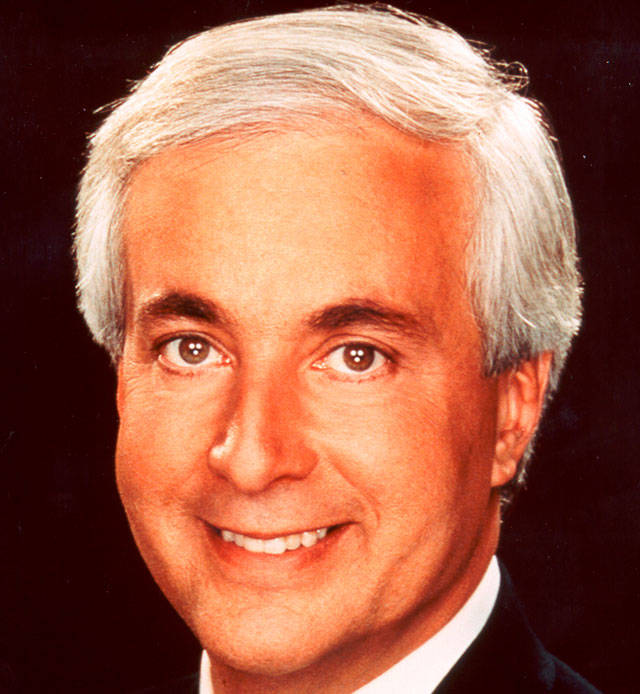The New York Times provided lessons in both journalism and television Sunday night, by way of bad examples.
First: If a newspaper believes in making political endorsements it shouldn’t balk when a tough call comes along, leaving voters more mystified than before. Second: The ingredients that create a compelling reality-TV show (“The Apprentice” comes to mind) are not the same as those that make for honest political opining.
After spending “more than a dozen hours” interviewing most of the major candidates seeking the Democrats’ nomination for the presidency, the Times declared itself unable to choose between Senators Elizabeth Warren of Massachusetts and Amy Klobuchar of Minnesota, so it endorsed both. Readers were advised to deal with it “in the privacy of the voting booth.”
That, of course, is the essence of the argument many publishers use to explain why they do not make political endorsements in the first place. The Times, however, has a long history of issuing pointed recommendations — going back to 1860 when it endorsed Abraham Lincoln.
More troubling, however, is the way the paper unveiled its non-endorsement in a competition-style episode of the television series it produces for FX, known as “The Weekly.” Much like “Shark Tank,” the long-running ABC series in which contestants are interviewed by a panel of successful business tycoons for a chance to make a deal and become wealthy, the Times’s program faced a common dilemma. Should hours of material be edited for insight and clarity — fair but often dry — or should the producers go for pacing and entertainment value?
The episode of “The Weekly” went heavily for the latter, as best illustrated by the clips selected for the segment on businessman Andrew Yang. Although the full transcript of Yang’s interview, published by the Times, shows a reasonable depth of thinking on pressing issues of the day, he was asked on the TV show “what government secret” he would like to know (UFO evidence, he said with a laugh). And he was asked which of his opponents “understands the internet” (answer: none).
In his few edited minutes, Yang was given what a former guru of schlock-TV, Chuck Barris, liked to call the “zonk” treatment. Former South Bend, Indiana Mayor Pete Buttigieg got a taste of it as well when confronted with the fact that some trolls of social media refer to him as “Mayo Pete,” an apparent reference to either his whiteness, or blandness, or both.
Just about every twist from the reality-TV handbook was employed, from hearing the editorial board members offer unkind jabs after candidates left the room, to having secret ballots written on slips of paper as a means of whittling the decision down to the final four (Warren, Klobuchar, Buttigieg and Sen. Cory Booker, who has since dropped out of the race). Then, a pause for a commercial while Kathleen Kingsbury, the paper’s deputy editorial page editor, mulled.
In the past, these Times interviews with candidates were off the record — at least to the extent that full transcripts were never released and TV cameras were not present. In an admission that those of us who work in television understand all too well, Kingsbury told the Washington Post, “The reality is when you bring TV cameras into any meeting, people’s behavior changes. I’m still wondering if we should have done this on TV or if we should have just released the transcripts.”
If the Times’s goal was to boost ratings for its TV show, the endorsement competition probably succeeded. However, to the extent the paper was out to guide Democrats, who will begin the long voting and caucusing process on Feb. 3 in Iowa, the dual recommendation was little more than frustrating.
The 2020 election and the presidency itself have already been stained by a reality-TV mentality, along with the distortions that come with abbreviated takes on social media, and the form-over-substance nature of cable-TV.
When the New York Times emulates such things it loses my vote.
Peter Funt is a writer and speaker.



